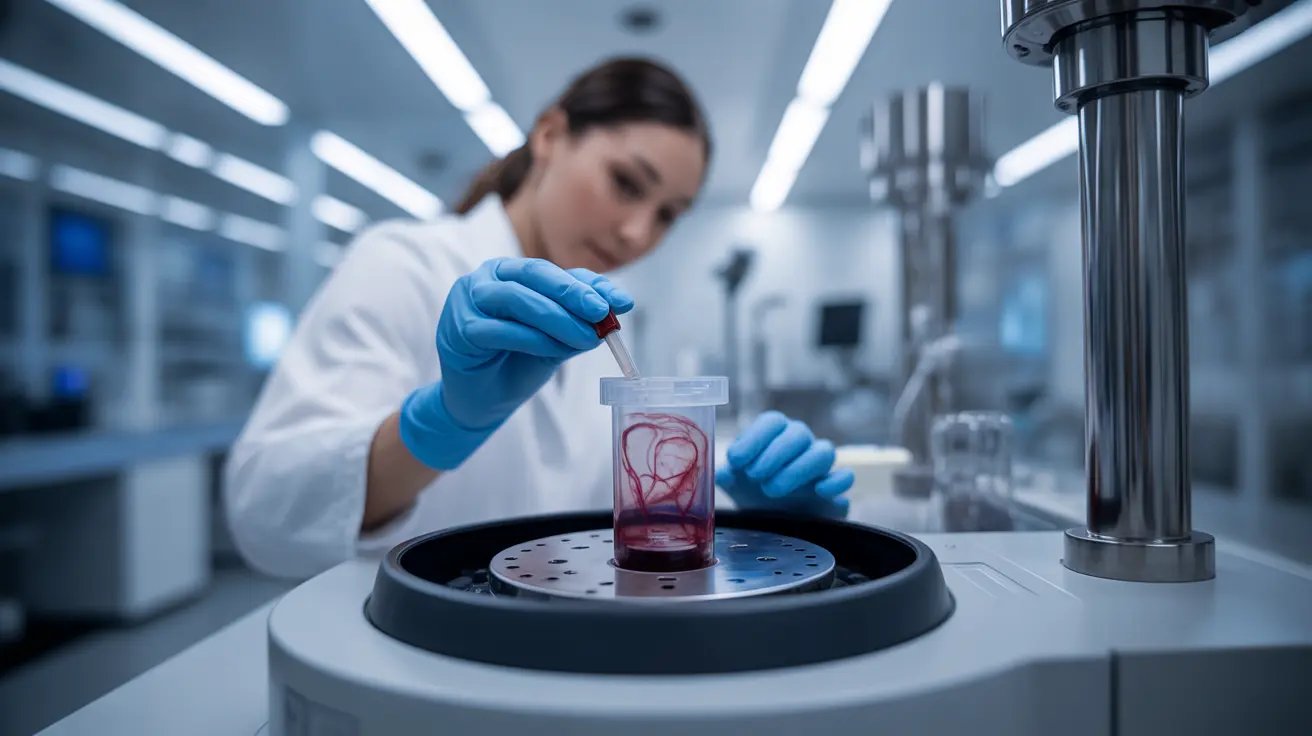Regenokine treatment represents an innovative biological therapy designed to address chronic joint pain and inflammation. This cutting-edge procedure has gained attention in recent years for its unique approach to treating osteoarthritis and various joint-related conditions. By utilizing the body's own anti-inflammatory proteins, Regenokine offers a promising alternative for individuals seeking relief from persistent joint pain.
This comprehensive guide explores how Regenokine works, its benefits, and what patients can expect from this revolutionary treatment approach. Whether you're considering this therapy or simply wanting to learn more about advanced joint pain solutions, understanding Regenokine's potential can help inform your healthcare decisions.
How Regenokine Treatment Works
Regenokine treatment involves a sophisticated process that begins with collecting the patient's blood. The blood sample undergoes special processing in a laboratory, where it's incubated at a slightly elevated temperature to stimulate the production of protective proteins. This unique preparation method sets Regenokine apart from other blood-based therapies.
The processed blood creates a serum rich in anti-inflammatory proteins and growth factors. This specially prepared solution is then injected back into the patient's affected joints, where it works to reduce inflammation and promote healing. The treatment typically involves a series of injections administered over several days.
Benefits and Applications
Regenokine treatment offers several potential advantages for patients suffering from joint-related conditions:
- Relief from chronic joint pain
- Reduced inflammation in affected areas
- Improved joint mobility and function
- Potential delay or prevention of joint surgery
- Natural approach using the body's own healing mechanisms
The treatment has shown particular promise in addressing conditions such as:
- Osteoarthritis
- Sports-related joint injuries
- Chronic back pain
- Tendinitis
- Muscle injuries
Treatment Process and Timeline
The Regenokine procedure follows a structured protocol that typically spans several days:
- Initial blood collection
- Laboratory processing (24-48 hours)
- Series of 5-6 injections over consecutive days
- Follow-up monitoring and assessment
Each treatment session usually takes about 30 minutes, making it relatively convenient for most patients. The entire treatment course is typically completed within one week.
Frequently Asked Questions
What is Regenokine treatment and how does it relieve joint pain?
Regenokine treatment is a biological therapy that uses the patient's own blood to create a serum rich in anti-inflammatory proteins. These proteins, when injected into affected joints, work to reduce inflammation and pain while promoting natural healing processes.
How does Regenokine differ from platelet-rich plasma (PRP) therapy?
While both treatments use the patient's blood, Regenokine involves a unique incubation process that specifically increases anti-inflammatory proteins. PRP focuses on concentrating platelets and growth factors through centrifugation. Regenokine's processing method is more complex and targets different healing mechanisms.
Is Regenokine treatment safe and what are the possible side effects?
Regenokine is generally considered safe since it uses the patient's own blood. Common side effects are minimal and may include temporary injection site soreness or mild swelling. Serious adverse reactions are rare, though as with any medical procedure, some risks exist.
Where is Regenokine treatment available and is it FDA-approved in the United States?
Regenokine treatment is available at select specialized clinics, primarily in Europe and some locations in the United States. While the treatment process itself is not FDA-approved, the individual components and techniques used in the procedure are approved for medical use.
How long does it take to feel pain relief after receiving Regenokine injections?
Many patients report noticeable improvement within a few weeks after completing the treatment series. However, individual responses vary, and some patients may experience benefits sooner or later. The full effects typically develop over several weeks to months.




